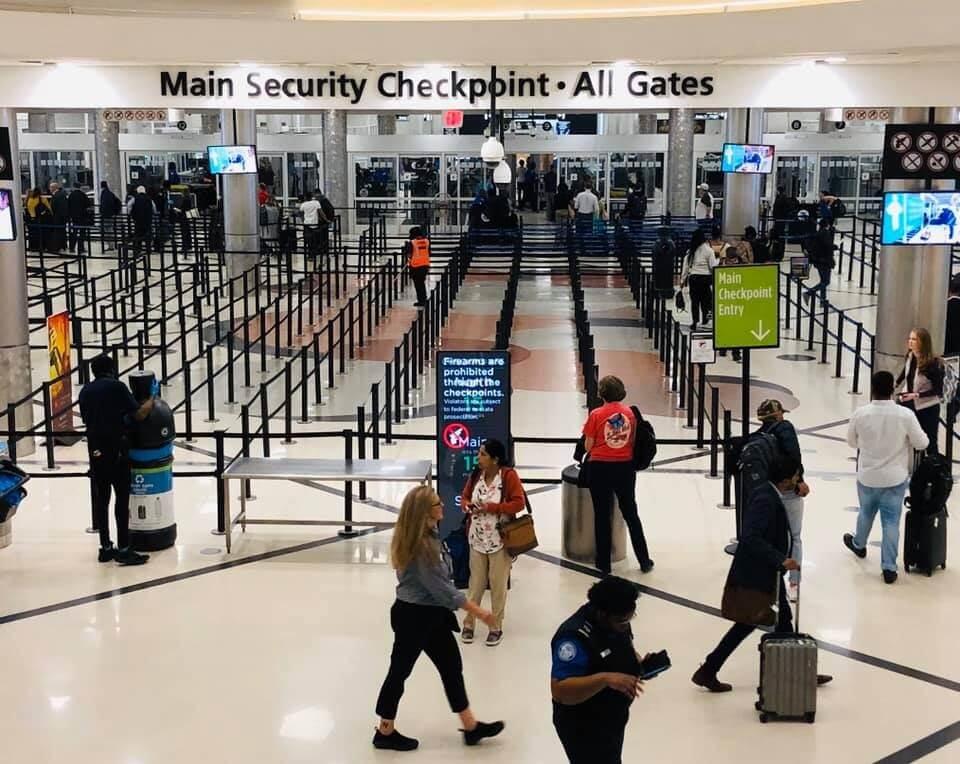
Caption
Georgia's reliance on people gathering in close quarters for travel, conventions and entertainment make the state's workforce particularly vulnerable to the COVID-19 economic fallout. / Georgia Recorder
Credit: Hartsfield-Jackson International Airport

